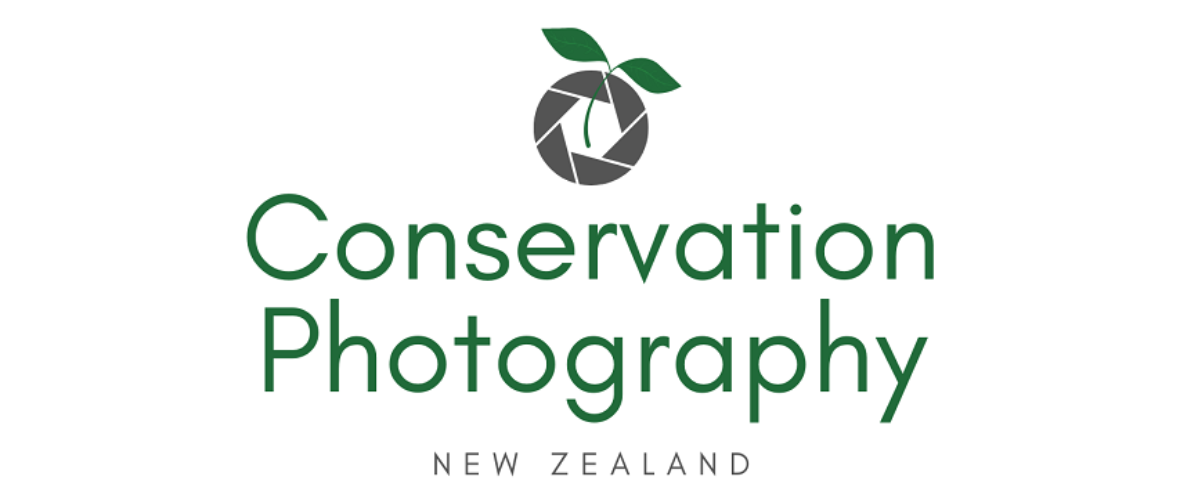Toronto-based photographer Sarah Palmer takes photographs with a Holga film camera, creating multiple exposures and building layers of images to tell the story of vacation culture against the backdrop of climate change.
She was interviewed recently on RNZ in advance of the Auckland Festival of Photography and her theme of ‘Wish you were here’ (to 22nd June 2024 – find out more about Palmer’s exhibition here.)
As global warming continues, many parts of the world including natural wonders and island countries are at risk of damage or disappearing. This has led to a tragic trend of ‘last chance tourism’ where travellers visit areas threatened by climate change – before it’s too late. The more tourists visit these areas, the more widespread the climate crisis becomes, which again fuels ‘last chance tourism’.
Palmer’s images are colourful and bright with the blur from the double exposure creating a dreamlike, nostalgic feeling. Photographs show happy tourists on cruise ships, seeing fading coral reefs and melting glaciers. The juxtaposed records highlight the absurdity of hedonistic travelling practices against a dark reality.
This is a form of conservation photography – drawing attention to the mess we are in and encouraging more responsible behaviour towards nature.
Images demanding change.
Find Palmer’s photography here.

Sarah Palmer



